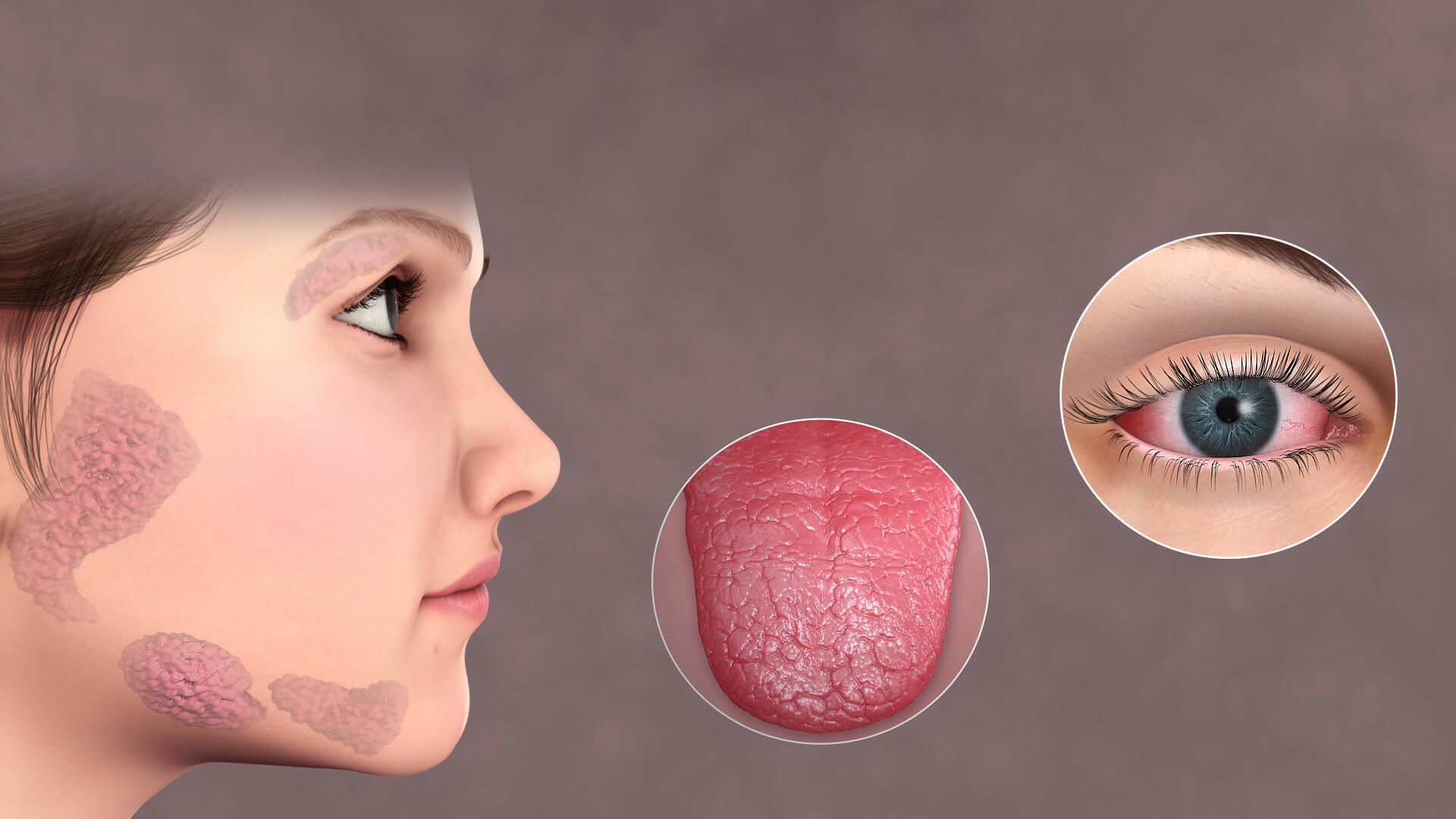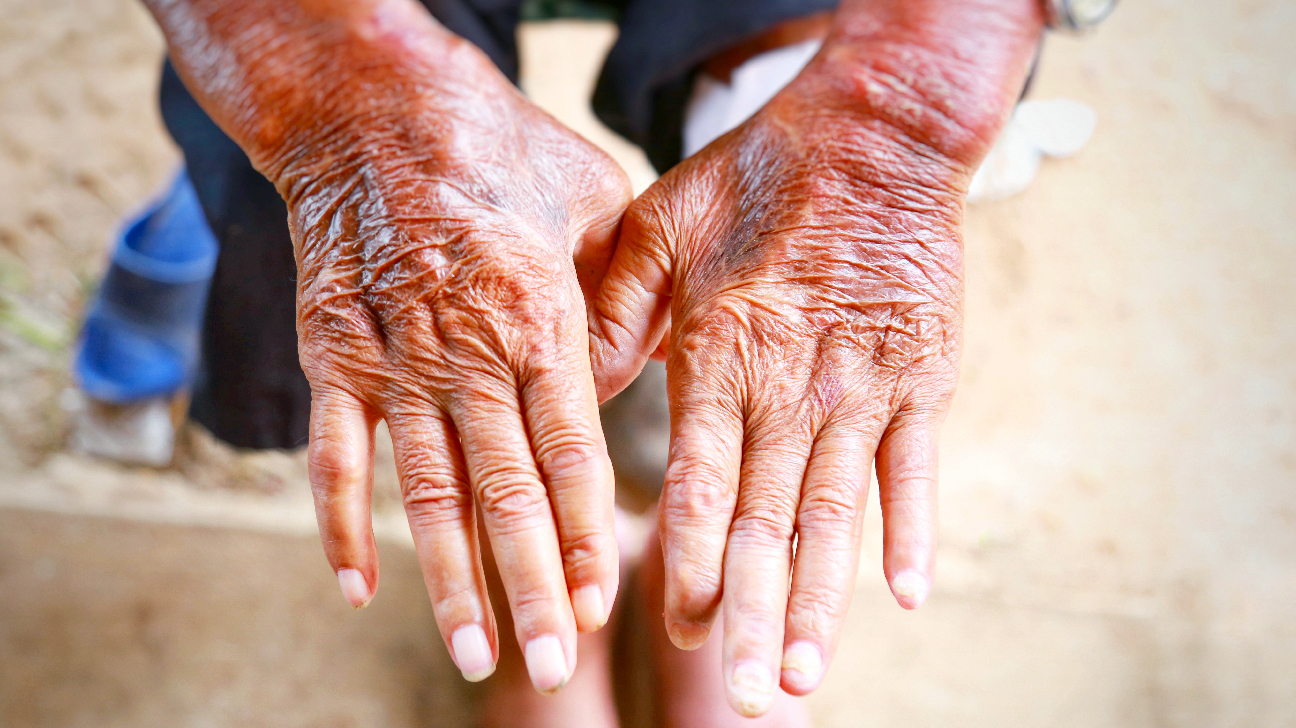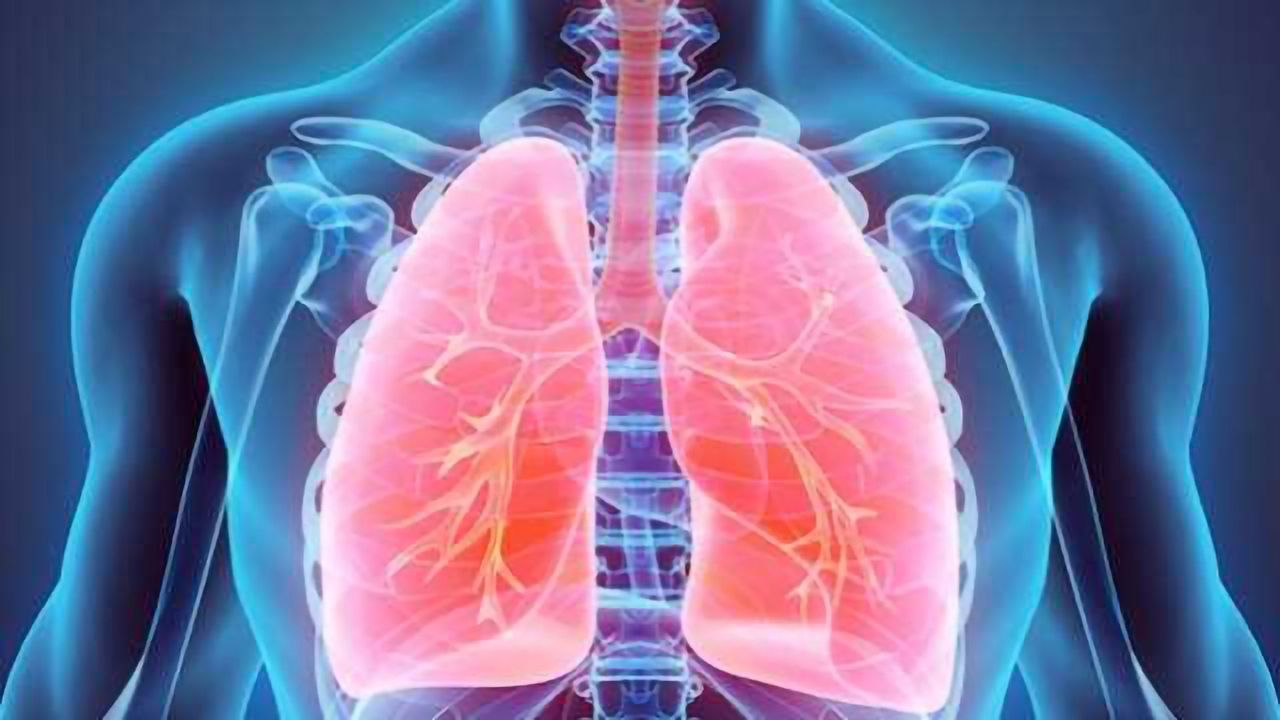Sjogren’s (SHOW-grins) syndrome is a disorder of your immune system identified by its two most common symptoms — dry eyes and a dry mouth.
The condition often accompanies other immune system disorders, such as rheumatoid arthritis and lupus. In Sjogren’s syndrome, the mucous membranes and moisture-secreting glands of your eyes and mouth are usually affected first — resulting in decreased tears and saliva.
Although you can develop Sjogren’s syndrome at any age, most people are older than 40 at the time of diagnosis. The condition is much more common in women. Treatment focuses on relieving symptoms.
Symptoms
The two main symptoms of Sjogren’s syndrome are :
- Dry eyes. Your eyes might burn, itch or feel gritty — as if there’s sand in them.
- Dry mouth. Your mouth might feel like it’s full of cotton, making it difficult to swallow or speak.
Some people with Sjogren’s syndrome also have one or more of the following:
- Joint pain, swelling and stiffness
- Swollen salivary glands — particularly the set located behind your jaw and in front of your ears
- Skin rashes or dry skin
- Vaginal dryness
- Persistent dry cough
- Prolonged fatigue
Causes
Sjogren’s syndrome is an autoimmune disorder. Your immune system mistakenly attacks your body’s own cells and tissues.
Scientists aren’t certain why some people develop Sjogren’s syndrome. Certain genes put people at higher risk of the disorder, but it appears that a triggering mechanism — such as infection with a particular virus or strain of bacteria — is also necessary.
In Sjogren’s syndrome, your immune system first targets the glands that make tears and saliva. But it can also damage other parts of your body, such as:
- Joints
- Thyroid
- Kidneys
- Liver
- Lungs
- Skin
- Nerves
Treatment
Treatment for Sjogren’s syndrome depends on the parts of the body affected. Many people manage the dry eye and dry mouth of Sjogren’s syndrome by using over-the-counter eyedrops and sipping water more frequently. But some people need prescription medications, or even surgical procedures.
Surgery
A minor procedure to seal the tear ducts that drain tears from your eyes (punctal occlusion) might help relieve your dry eyes. Collagen or silicone plugs are inserted into the ducts to help preserve your tears.
Risk factors
Sjogren’s syndrome typically occurs in people with one or more known risk factors, including:
- Age. Sjogren’s syndrome is usually diagnosed in people older than 40.
- Sex. Women are much more likely to have Sjogren’s syndrome.
- Rheumatic disease. It’s common for people who have Sjogren’s syndrome to also have a rheumatic disease — such as rheumatoid arthritis or lupus.
Complications
The most common complications of Sjogren’s syndrome involve your eyes and mouth.
- Dental cavities. Because saliva helps protect the teeth from the bacteria that cause cavities, you’re more prone to developing cavities if your mouth is dry.
- Yeast infections. People with Sjogren’s syndrome are much more likely to develop oral thrush, a yeast infection in the mouth.
- Vision problems. Dry eyes can lead to light sensitivity, blurred vision and corneal damage.
- lems. Dry eyes can lead to light sensitivity, blurred vision and corneal damage.
The Takeaway
Your rheumatologist is likely to ask you a number of questions, including :
Your rheumatologist is likely to ask you a number of questions, including :
- Do your symptoms follow a pattern — worsening throughout the day or when you go outdoors?
- Do you have chronic conditions such as high blood pressure or arthritis?
- Have you recently started new medications?
- Do any close relatives have rheumatoid arthritis, lupus or a similar disease?
Answering the above questions forthrightly will enable your rheumatologist to come up with an effective treatment plan that will allow you to cope .



